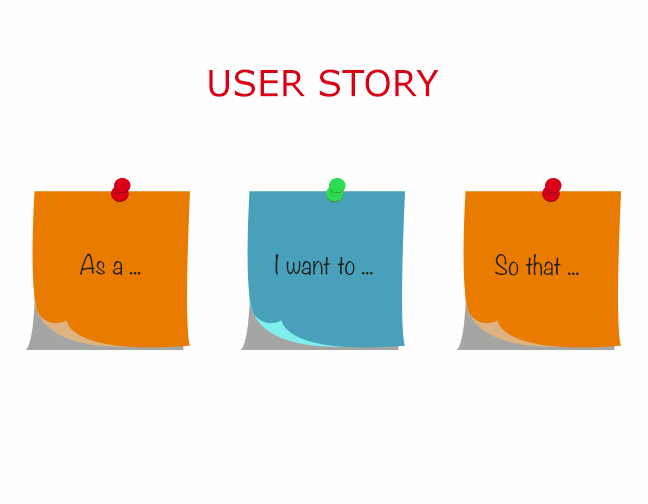Both methods are employed within the scope of Agile. The difference between the two methods and how they define the requirements of a project is often unclear. At first glance, the Use Case seems to make more sense because the requirements for the development effort, particularly the interaction with the system, are more specific. The User Story in contrast seems too vague at first glance and leaves many details open. But just that is the concept of a User Story, it focuses on the goal from a user perspective and on the benefit the fulfilment of these goals carries. The solution is left open on purpose and can be limited through appropriate acceptance criteria. User Stories are divided into smaller tasks at the beginning of the implementation, made transparent on the task board and processed following their priority. The Story is finished when all tasks are translated into it.
User Stories as they were initially formulated should never be understood as a work package. This would make of the biggest strength in User Stories their biggest weakness: User Stories initially allow for too much scope. They are an invitation for a discussion within the team with which the optimal solution scope is defined. Another advantage of the User Story is, that it is easier to communicate with the client thanks to it’s inherently natural language.
We recommend a combination of user stories coupled with customer journeys and where applicable a business domain model to define the requirements of a product. In addition several architecture charts and plenty of domain knowledge on the clients side as well as with the developers. The creation of persona also helps to bring the requirements to life even before any development progress.



